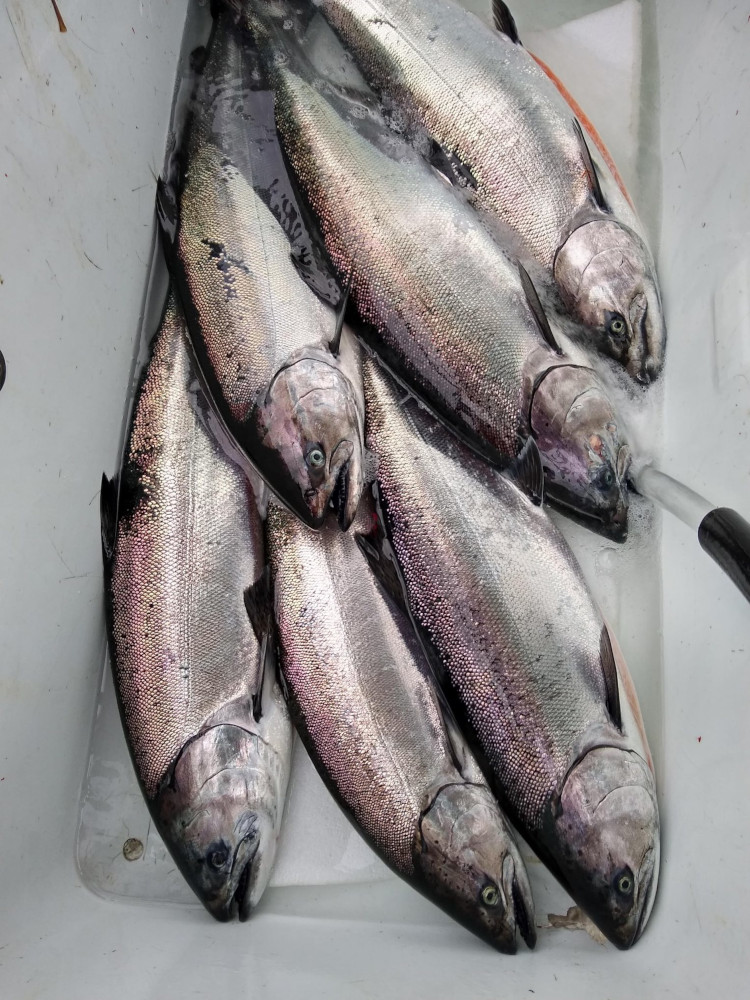
Despite some of the worst weather in recent memory, winter trolling for king salmon in Southeast Alaska has been on par with recent seasons, with a low catch and relatively good price for those fish.
With about a month left to go, the region-wide catch has topped 10-thousand kings. However, the number of landings is down. Grant Hagerman, Fish and Game’s troll management biologist for Southeast, said the decrease in effort can be attributed to bad weather.
“Actually during the fall, speaking to some of the long-time trollers they felt like this is some of the poorest weather that they’ve had, just one wind storm after another, in their 20-30 years of fishing,” Hagerman said. “So it’s been. I think it’s impacted the number of landings. But even with that, the harvest is still pretty close, within a thousand fish it’s still pretty close.”
Hagerman said the catch is not far off the totals from recent seasons which were also closed early to conserve stocks. In years when the fleet was able to fish into April catch totals have been much higher.
Last year’s catch was 15,810 in the winter season, the year before 12,366. But it’s been as high as 43,889 just four years ago in the winter of 2016-17.
Prices this year are nearly a dollar a pound off last year’s but are close to recent averages.
“The season started at about $9.50 (a pound),” Hagerman said. “That was way back in October. And we hit, beginning of November we hit about $10 a pound and it stayed right around there for much of the season so far. And just recently over the last couple of weeks, it’s jumped to over $11 and looking at the last few years, it’s continued to climb over the next few weeks up to over $12 a pound.”
That high price is a relatively recent phenomenon. The fleet has only seen it hit that mark during part of the winter seasons since 2018.
Commercial trolling closes March 15, an early end to the season again this year to limit harvest of king salmon returning to Southeast rivers. Multiple systems – including rivers that flow into Southeast from British Columbia — have fallen short of goals for fish returning to spawn, known as escapement.
Commissioner Doug Vincent-Lang signaled to the Board of Fisheries at a January meeting that Fish and Game’s conservation strategy would continue despite some improvement in some of the returns.
“We’ve slowly been creeping back to meeting more of it from about four to five years ago but those stocks are still not showing signs of complete recovery,” Vincent-Lang told the board. “It’s my intent to direct staff again this next year to follow a very similar management regime as we have over the last two or three years with the hopes of meeting those escapement goals and again reducing fishing pressure on them.
In addition to an early closure for winter, trolling will also see reduced opportunity in the spring fishery again and some closed areas into the early summer. Net fisheries this summer will also continue to see restrictions, with no retention in the purse seine fishery at least through July 24 and delayed starts and mesh restrictions for gillnetters.









